
Author or editor of five books, including AMERICAN ZION and KINGDOM OF NAUVOO. This account is no longer active—find me where the sky is blue.
How to get URL link on X (Twitter) App

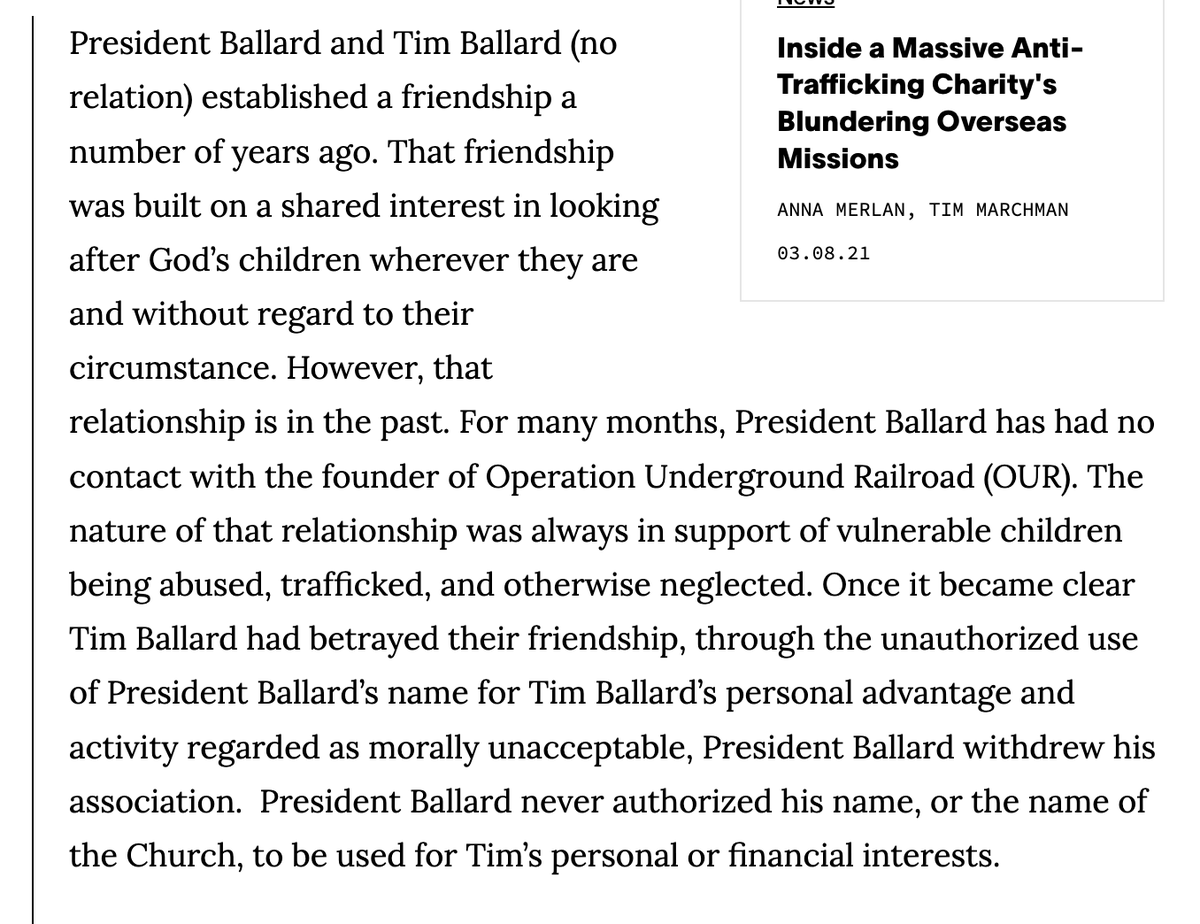





 First, Rosetti details how Quinn came to become interested in the topic. All scholarly projects have roots in questions. Quinn was struck by post-manifesto polygamy for both personal & historical reasons, especially since 1970s-80s was a boom for fundamentalism. /2
First, Rosetti details how Quinn came to become interested in the topic. All scholarly projects have roots in questions. Quinn was struck by post-manifesto polygamy for both personal & historical reasons, especially since 1970s-80s was a boom for fundamentalism. /2


 Quinn published the first edition of MAGIC WORLD VIEW in 1987. It was a climactic moment for the field of Mormon history: just a couple years removed from the Mark Hofmann bombings, and in the middle of the tense internal debates over the field. /2
Quinn published the first edition of MAGIC WORLD VIEW in 1987. It was a climactic moment for the field of Mormon history: just a couple years removed from the Mark Hofmann bombings, and in the middle of the tense internal debates over the field. /2


 This chapter kicks off the second section of the book. The first section, comprised of the chapters I've already covered, treated Quinn as a historical figure. This and the next three chapters cover his historiographical contributions. /2
This chapter kicks off the second section of the book. The first section, comprised of the chapters I've already covered, treated Quinn as a historical figure. This and the next three chapters cover his historiographical contributions. /2


 Quinn was more than just a dissenter, Hanks, argues; he was *deconstructing* myths and traditions that had no bearing in history or reality. We should not privilege power, Quinn's work showed, but tear it down. /2
Quinn was more than just a dissenter, Hanks, argues; he was *deconstructing* myths and traditions that had no bearing in history or reality. We should not privilege power, Quinn's work showed, but tear it down. /2

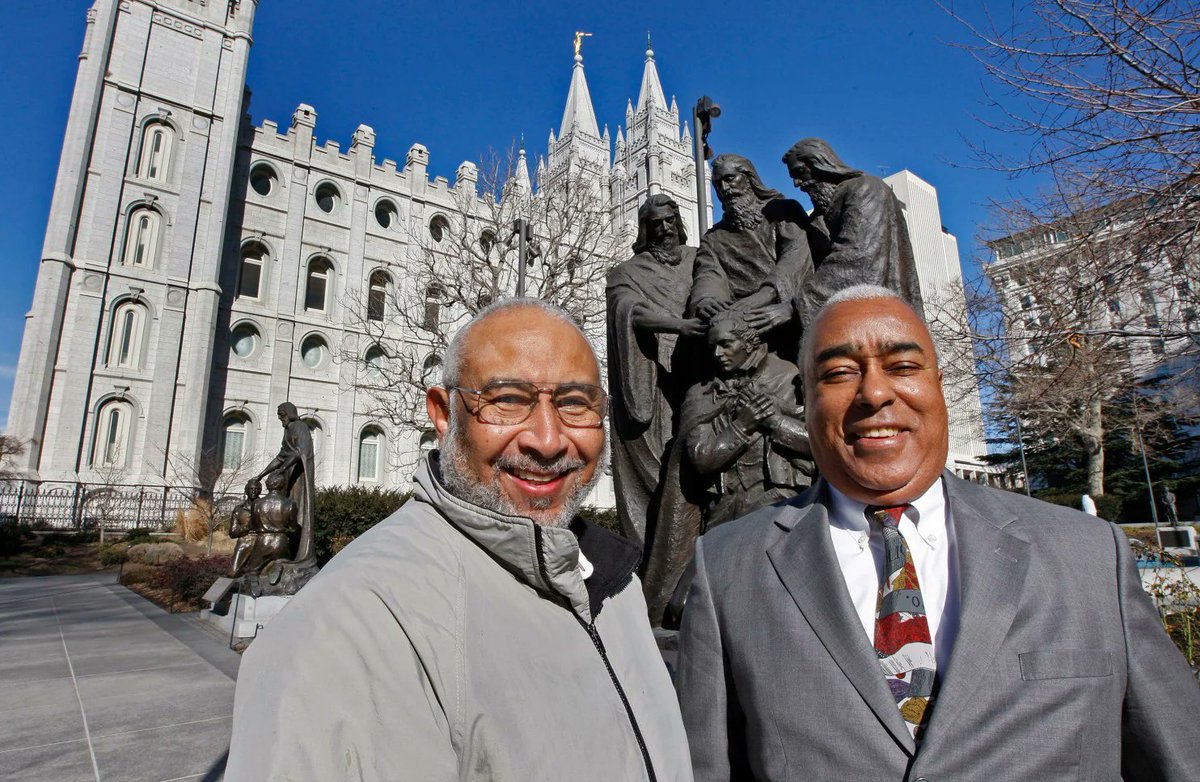
 When LDS President Spencer Kimball announced a revelation in 1978 that ended a restriction for all members with African descent from priesthood ordination and temple ordinances, many leaders hope they could just turn the page without more discussion. /2
When LDS President Spencer Kimball announced a revelation in 1978 that ended a restriction for all members with African descent from priesthood ordination and temple ordinances, many leaders hope they could just turn the page without more discussion. /2 

 Modern day observers often, and justifiably, think Mormonism & conservatism are synonymous. However, that has not always been the case. Indeed, when looking over the entire past century, the LDS connection to GOP is a recent creation.
Modern day observers often, and justifiably, think Mormonism & conservatism are synonymous. However, that has not always been the case. Indeed, when looking over the entire past century, the LDS connection to GOP is a recent creation. 


 SUMMARY: from the beginning, most American Christians could be categorized in two camps: conversionists, or those who believed spreading salvation was too priority, and purificationists, or those who believed abolition would purify the nation. /2
SUMMARY: from the beginning, most American Christians could be categorized in two camps: conversionists, or those who believed spreading salvation was too priority, and purificationists, or those who believed abolition would purify the nation. /2
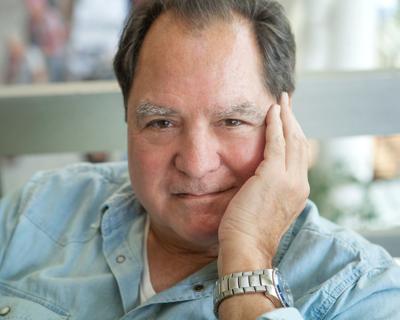
 Quinn was born to a Mexican immigrant father & sixth-generation Mormon mother. He earned a degree in English from BYU, served mission to UK, then spent 3 years in military before finding history. He 1st did MA at Utah, then a PhD at Yale, where he studied the Mormon hierarchy. /2
Quinn was born to a Mexican immigrant father & sixth-generation Mormon mother. He earned a degree in English from BYU, served mission to UK, then spent 3 years in military before finding history. He 1st did MA at Utah, then a PhD at Yale, where he studied the Mormon hierarchy. /2 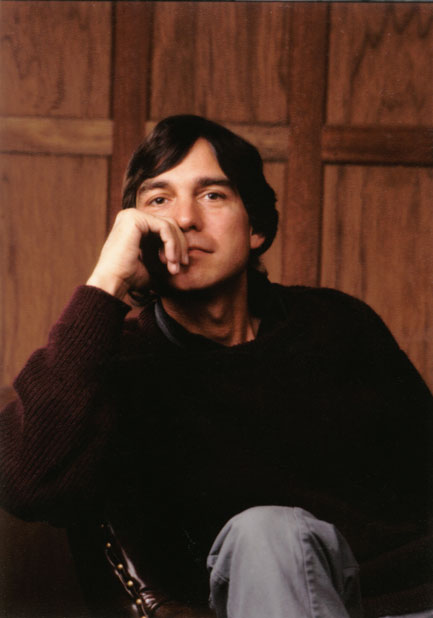


 Amy Brown and Richard Lyman were born to prominent Mormon families in 1872 and 1870, respectively. They met at Brigham Young Academy in 1888 and were quickly drawn to each other. /2
Amy Brown and Richard Lyman were born to prominent Mormon families in 1872 and 1870, respectively. They met at Brigham Young Academy in 1888 and were quickly drawn to each other. /2 

 It's sometimes overlooked that Douglass's first job, after escaping slavery, was as a preacher, and many of his literacy lessons came from reading the bible. This, of course, makes sense given his frequent biblical allusions, the number of which always astound my students. /2
It's sometimes overlooked that Douglass's first job, after escaping slavery, was as a preacher, and many of his literacy lessons came from reading the bible. This, of course, makes sense given his frequent biblical allusions, the number of which always astound my students. /2
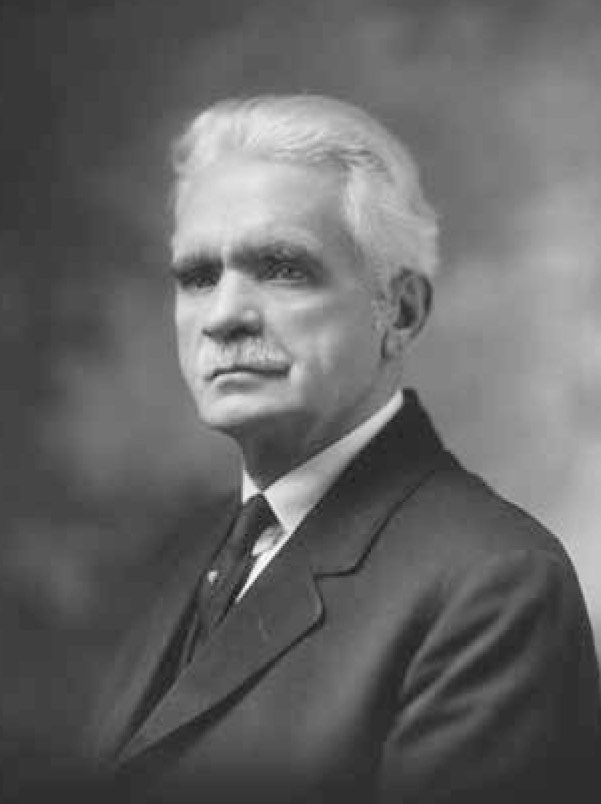
 BH Roberts (1857-1933) did more than nearly anyone else to synthesize and codify Mormon thought during the faith’s transition period. As Sterling McMurrin once put it, he was neither a great historian or theologian, but he was the best historian & theologian Mormonism had. /2
BH Roberts (1857-1933) did more than nearly anyone else to synthesize and codify Mormon thought during the faith’s transition period. As Sterling McMurrin once put it, he was neither a great historian or theologian, but he was the best historian & theologian Mormonism had. /2